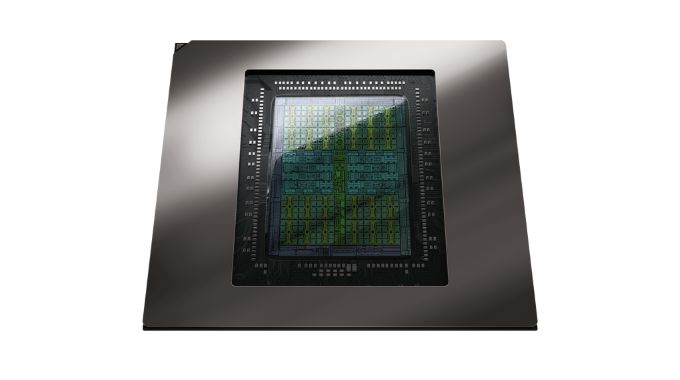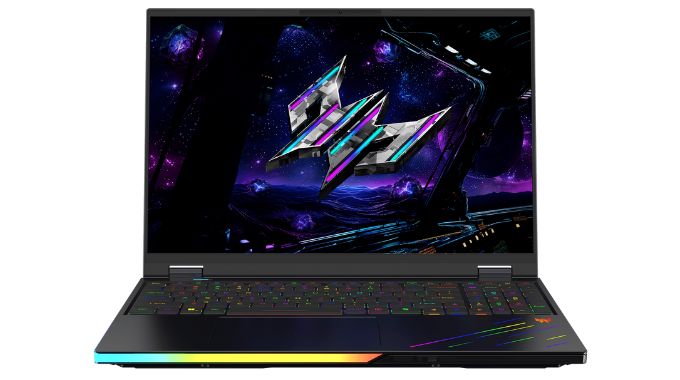NVIDIA GeForce RTX 50 Series: A New Era in Graphics and AI for Gamers and Creators
At CES 2025, NVIDIA unveiled the highly anticipated GeForce RTX 50 Series graphics cards and laptops, powered by the revolutionary NVIDIA Blackwell architecture.
These cutting-edge GPUs promise a quantum leap in performance, introducing game-changing innovations in AI-driven neural rendering and unprecedented graphical fidelity for both gamers and creators.
Neural Rendering: A New Era of Computer Graphics
Neural rendering, pioneered by NVIDIA’s DLSS (Deep Learning Super Sampling), integrates neural networks into the rendering process to enhance image quality and boost performance.
DLSS 4, the latest iteration, features Multi Frame Generation, multiplying frame rates by up to 8X over traditional rendering methods.
This technology allows gamers to enjoy 4K visuals at 240 FPS with full ray tracing, offering immersion like never before.
RTX Neural Shaders take this further by compressing textures up to sevenfold, saving memory while producing cinematic-quality visuals. RTX Neural Faces, a generative AI feature, redefines facial rendering in games, creating lifelike expressions in real time.
Blackwell Architecture: The Powerhouse Behind the RTX 50 Series


The Blackwell architecture brings unparalleled processing power, boasting 92 billion transistors and redesigned Tensor Cores for AI workloads.
Innovations like Shader Execution Reordering and FP4 precision models enhance efficiency, delivering faster performance with reduced memory usage.
Key highlights of the Blackwell architecture include:
- Enhanced RT Cores: Double the ray-triangle intersection rate, enabling intricate ray tracing.
- GDDR7 Memory: Speeds of up to 30Gbps provide 1.8TB/s bandwidth for seamless 8K gaming.
- PCIe Gen5 and DisplayPort 2.1: Supporting displays up to 8K at 165Hz.
NVIDIA GeForce RTX 50 Series Graphics Cards


Launching on January 30, 2025, the RTX 5090 and RTX 5080 lead the new lineup. The RTX 5070 Ti and RTX 5070 will follow in February, with Founders Edition models available globally.
- RTX 5090: Twice as fast as the RTX 4090, featuring 32GB GDDR7 memory and 21,760 CUDA cores. Starting at $1,999.
- RTX 5080: Up to 2X faster than the RTX 4080, designed for high-performance 4K gaming. Starting at $999.
- RTX 5070 Ti: A 78% bandwidth increase over its predecessor. Starting at $749.
- RTX 5070: Delivers double the speed of the RTX 4070. Starting at $549.
Laptops Powered by RTX 50 Series GPUs


GeForce RTX 50 Series laptops launch in March, featuring Max-Q technologies for 40% longer battery life. These sleek devices are designed for portability without compromising performance, making them ideal for gaming, creative tasks, and AI workloads.
- RTX 5090 Laptops: Equipped with 24GB GDDR7 memory and triple NVENC encoders.
- RTX 5080 Laptops: Double the performance of the RTX 4080 Laptop GPU.
Next-Level Gaming and AI Applications
NVIDIA DLSS 4 introduces the industry’s first real-time application of transformer AI models, enhancing image stability and motion detail.
Reflex 2, with Frame Warp technology, reduces game latency by up to 75%, providing competitive gamers with a crucial edge.
Availability
GeForce RTX 5090 and RTX 5080 GPUs hit shelves on January 30, with laptops arriving in March.
Leading manufacturers like ASUS, Dell, and Razer will offer RTX 50 Series-powered devices, while add-in card partners like MSI and ZOTAC will provide custom GPU variants.
As Jensen Huang, CEO of NVIDIA, emphasized, “The GeForce RTX 50 Series heralds a new chapter in computer graphics, blending AI innovation with unprecedented power and efficiency.”
Gamers and creators can look forward to unmatched experiences in 2025, thanks to the transformative capabilities of the NVIDIA GeForce RTX 50 Series.





